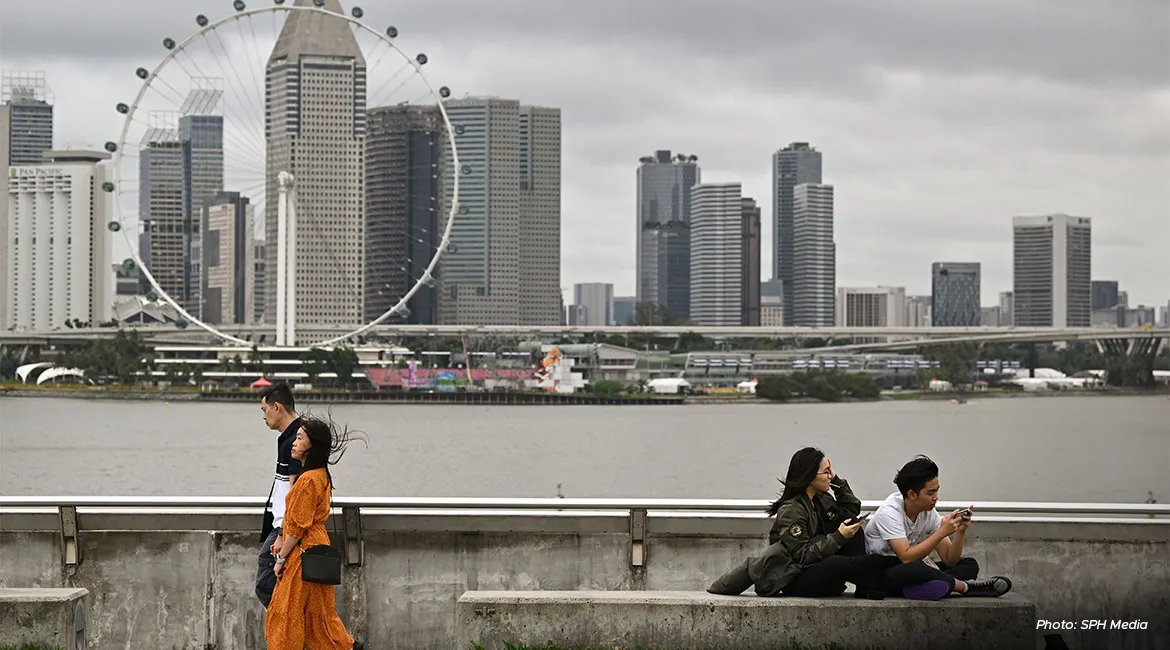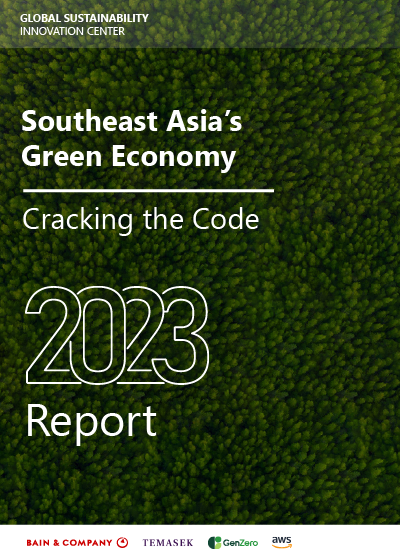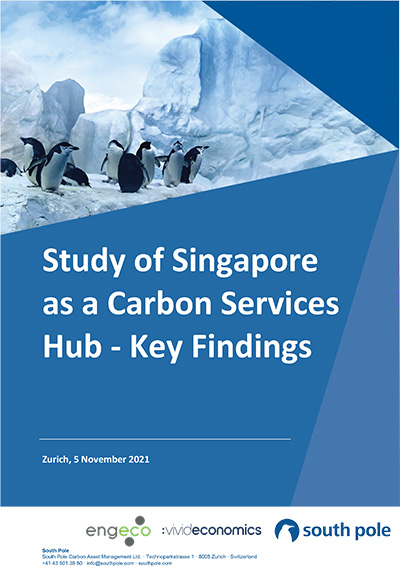Mark Jacobsen, partner at TSMP Law Corporation, believes CBAM could prompt Southeast Asian countries, including Singapore, to push carbon pricing policies in order to capture the tax revenue at home.
Nhan Quang, partner in Ernst & Young’s climate change and sustainability services, added that if EU importers can prove the carbon price has already been paid during the production of the imported goods, the corresponding amount can be deducted under CBAM.
Thus there could be more jurisdictions looking to introduce carbon pricing mechanisms in the future, he said, noting Vietnam’s interest in operating a carbon credit exchange mechanism.
Brian Ho, sustainability and climate leader at Deloitte Southeast Asia, said that for a start, Vietnam may need to rapidly develop stricter environmental regulations, given its high export volumes to the EU on a broad range of products.
CBAM is viewed by some as a “potential protectionist tool” that could shield EU companies from Southeast Asian competitors, he added.
Nature side of things
Allen & Gledhill’s ESG and public policy practice co-head Elsa Chen said ESG regulation could reach beyond climate and human rights concerns to cover biodiversity and natural resource management.
Biodiversity targets, due diligence and disclosures are being developed and incorporated into international standards, including the International Sustainability Standards Board’s, she said.
Singapore’s business regulators had said in July that they are aligning their proposed mandatory climate-related disclosure rules for listed and large non-listed companies to the international standard.
The Taskforce on Nature-related Financial Disclosures’ framework for nature-based disclosures was also finalised in September, noted Chen.
“Over time, we expect these to be applied in Singapore, in the same way that the recommendations by the Taskforce on Climate-related Financial Disclosures were mandated by the Singapore Exchange on a phased approach from FY2022,” she said.
Working with taxonomies
Singapore finalised its taxonomy to guide capital allocation into green and transition activities on December 3, after four rounds of public consultations over two years.
Defining features include explicit criteria for transition activities, and an extensive scope that covers sectors making up to 90 per cent of the region’s GHG emissions.
Tan Wooi Leong, managing director for energy and industrial at Surbana Jurong, said the taxonomy’s clarity opens the gates to coal phase-out transition projects. Labelled transition bonds may also take off, benefitting companies with properly detailed transition plans.
The ASEAN taxonomy is expected to complement the Singapore taxonomy, by providing a broader regional framework for sustainable finance, facilitating cross-border investments and strengthening the impact of sustainable finance initiatives in member countries, he said.
The ASEAN taxonomy is expected to finalise its technical screening criteria for the energy sector in early 2024.









